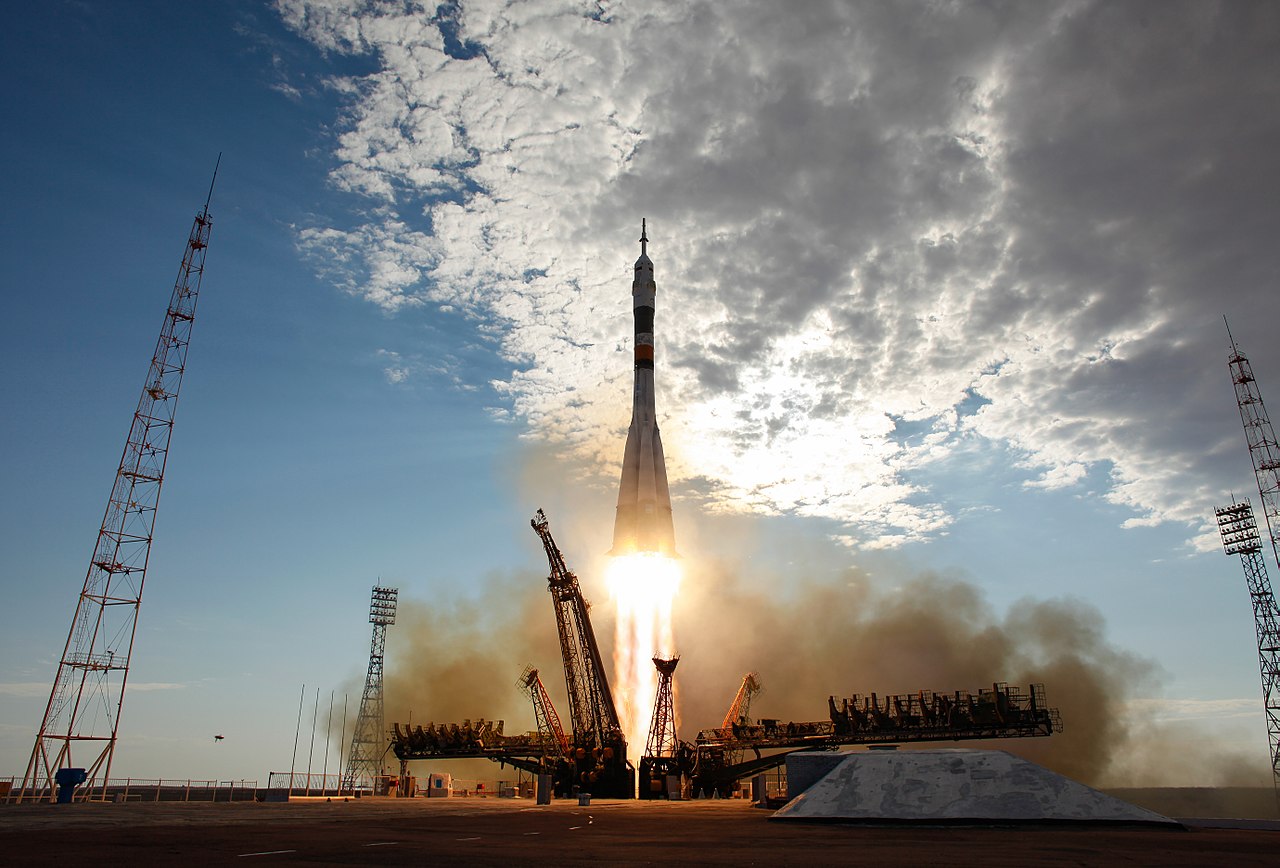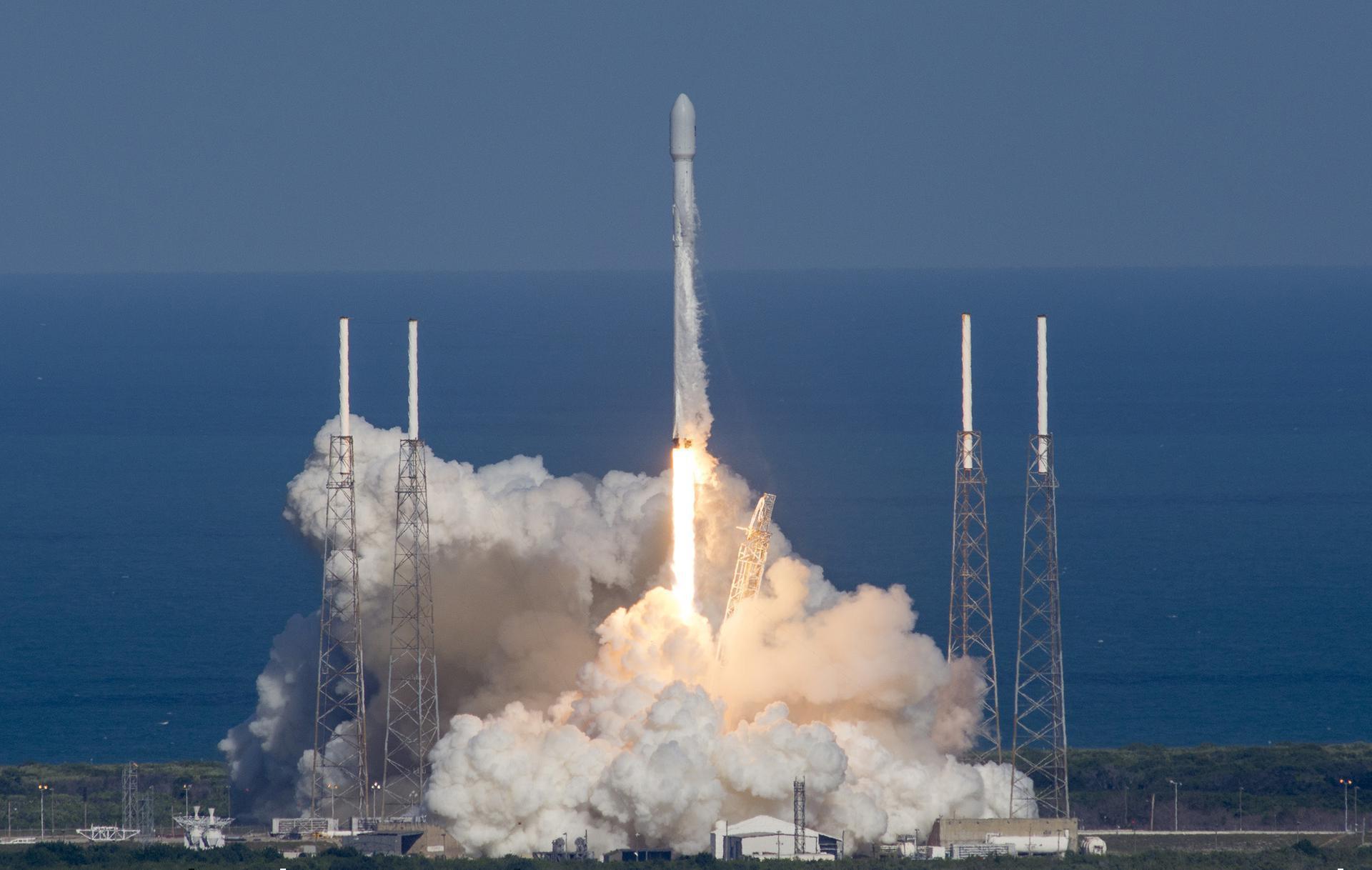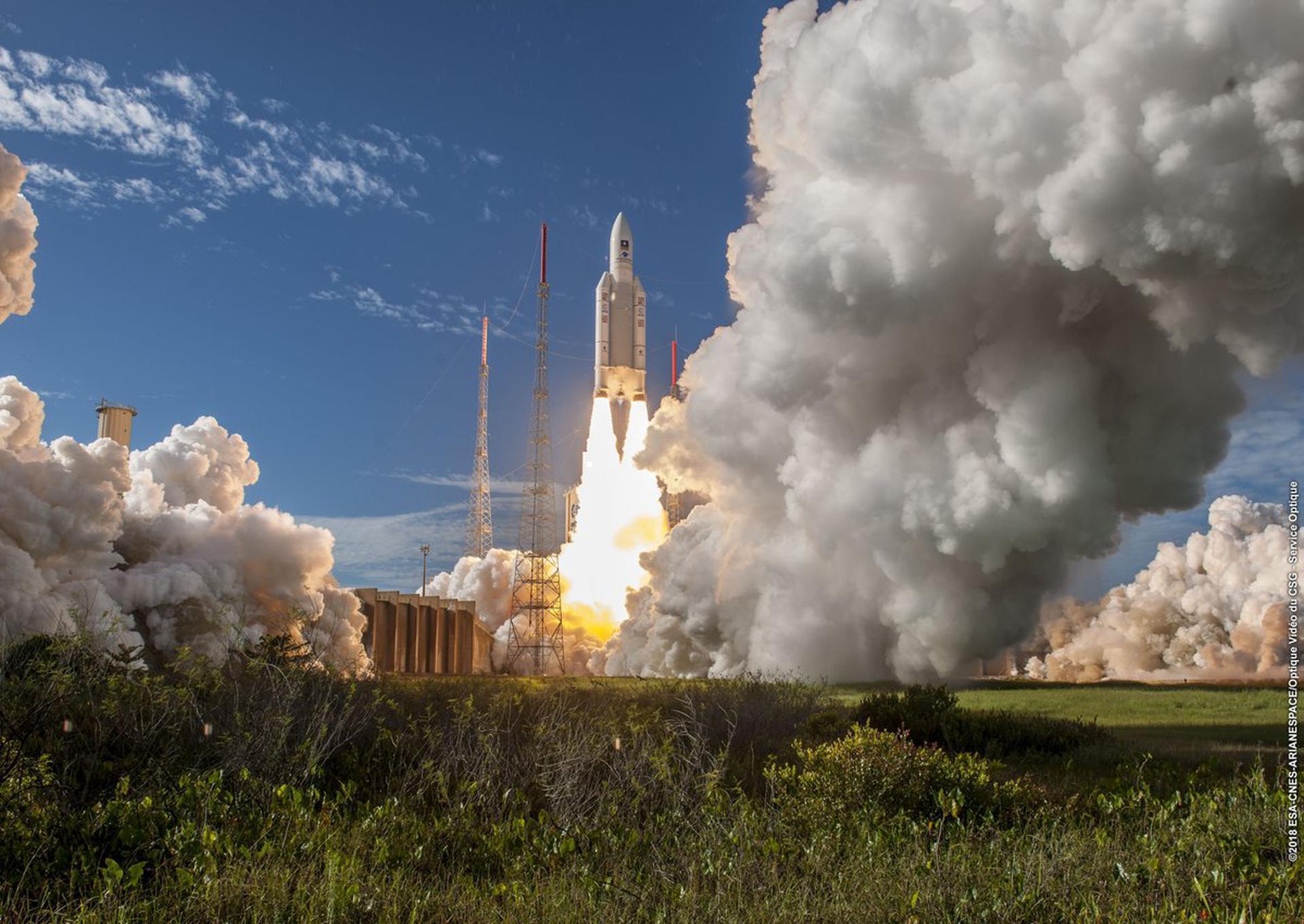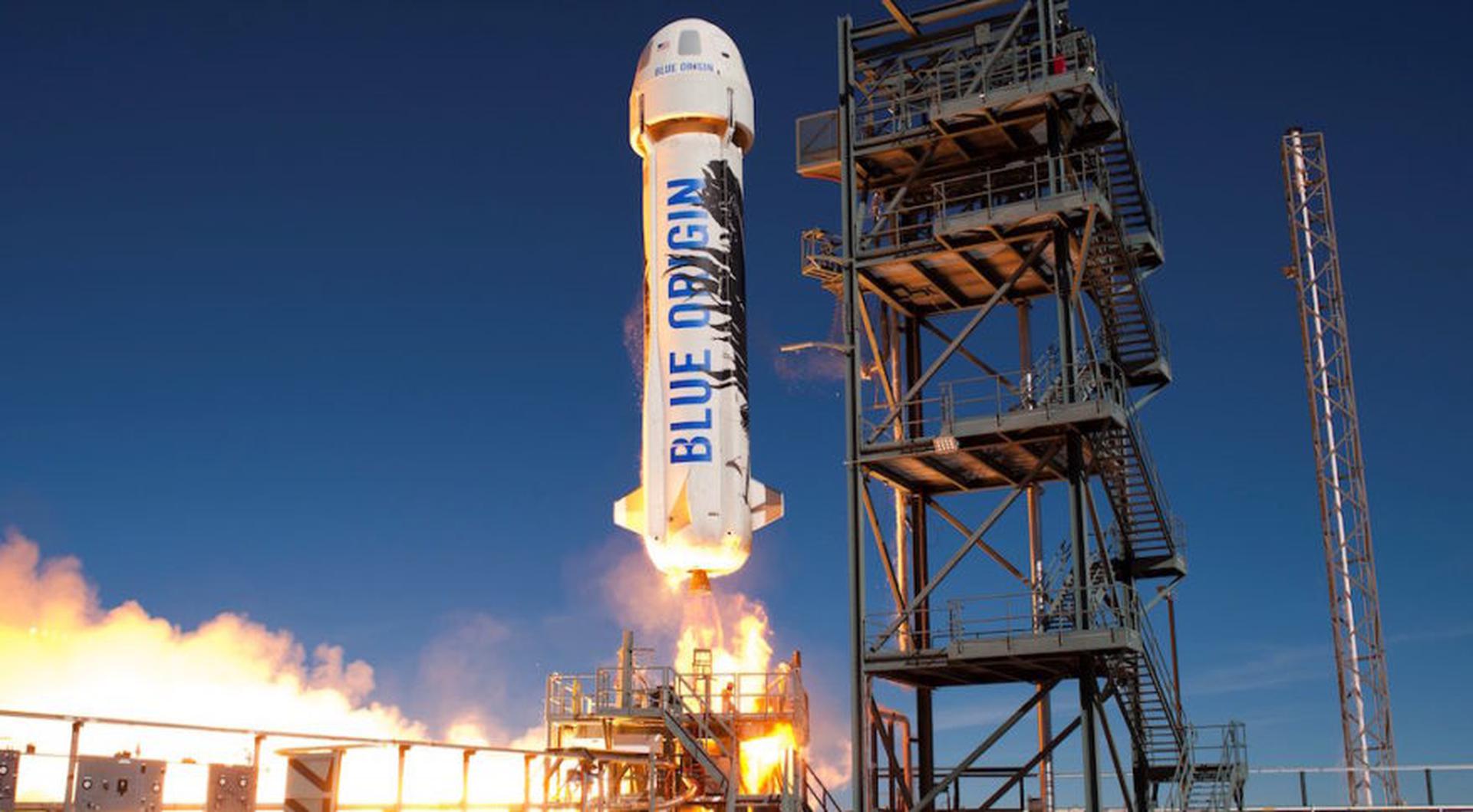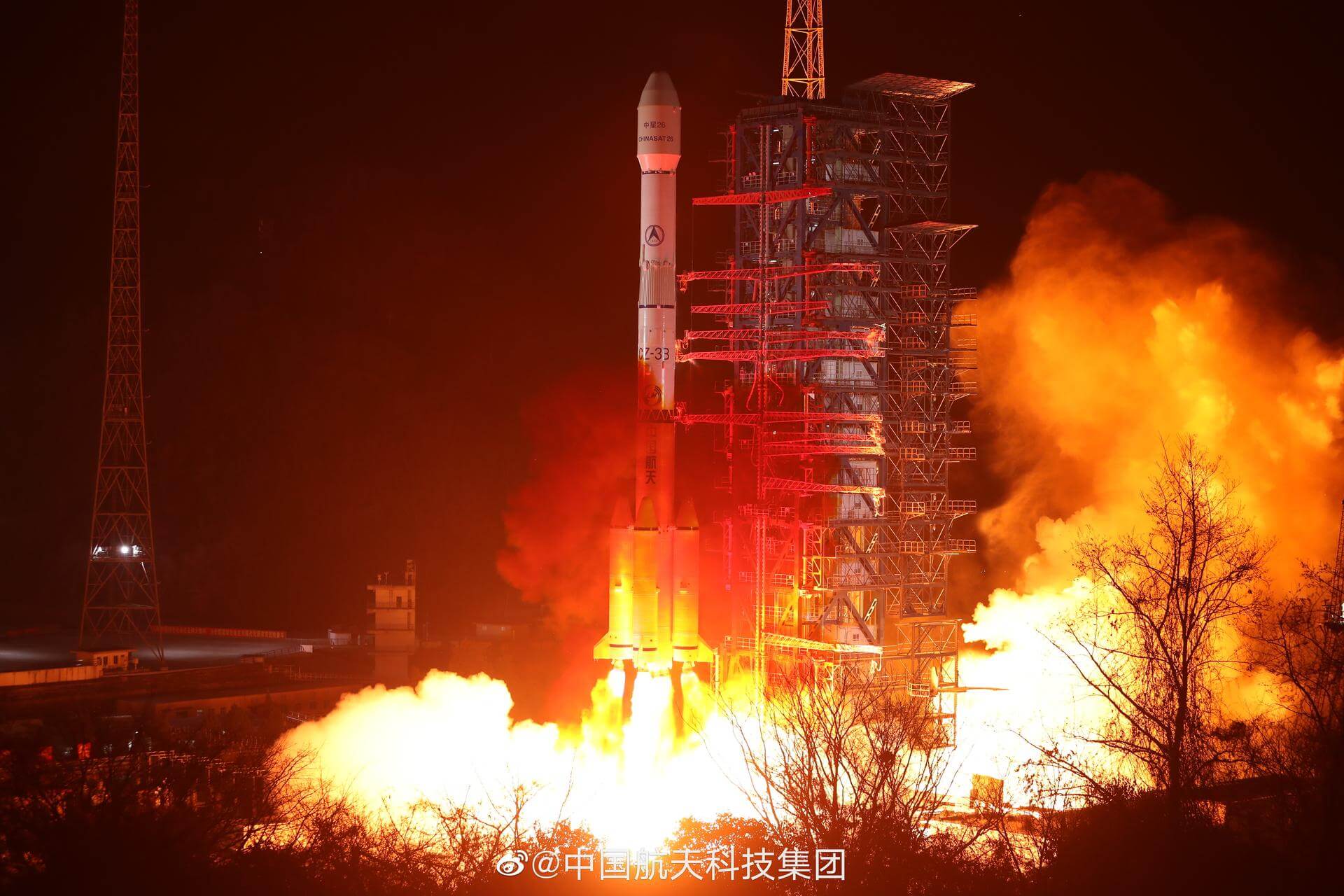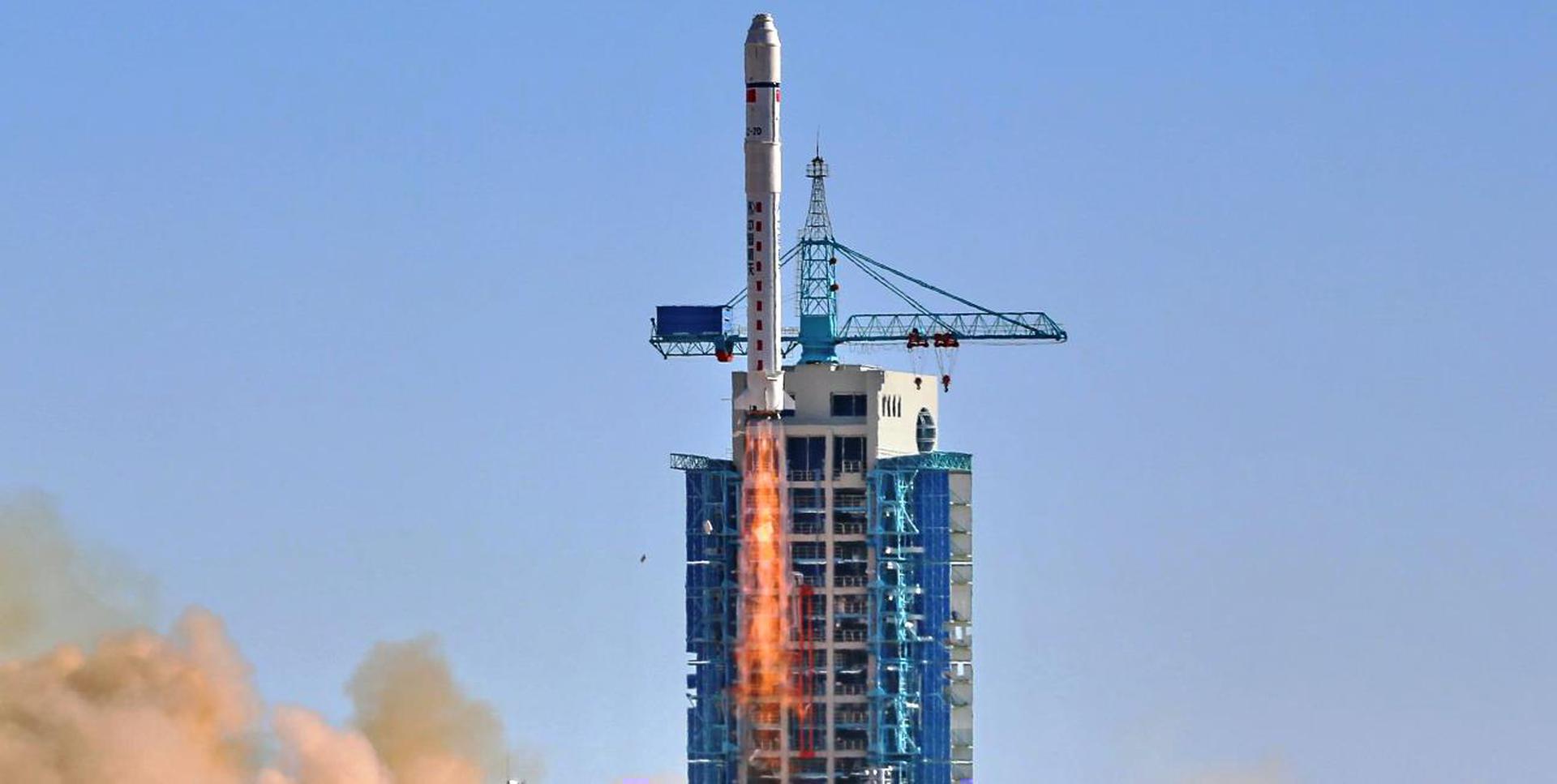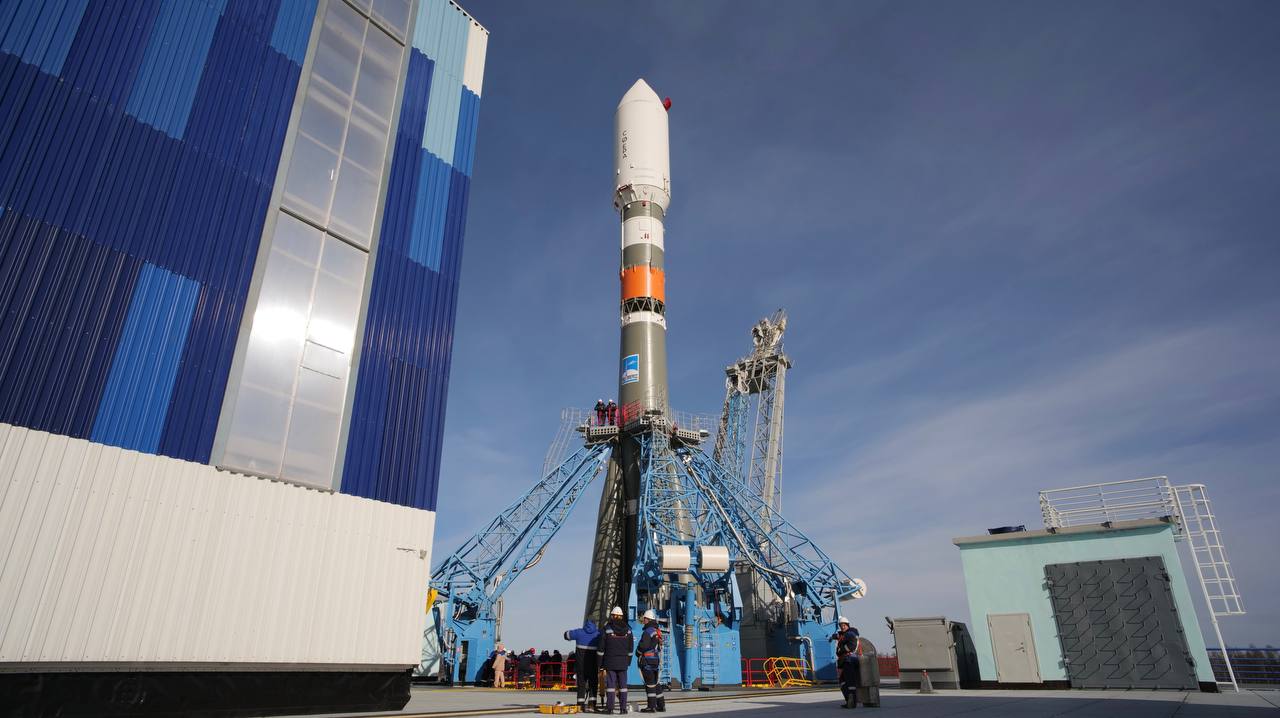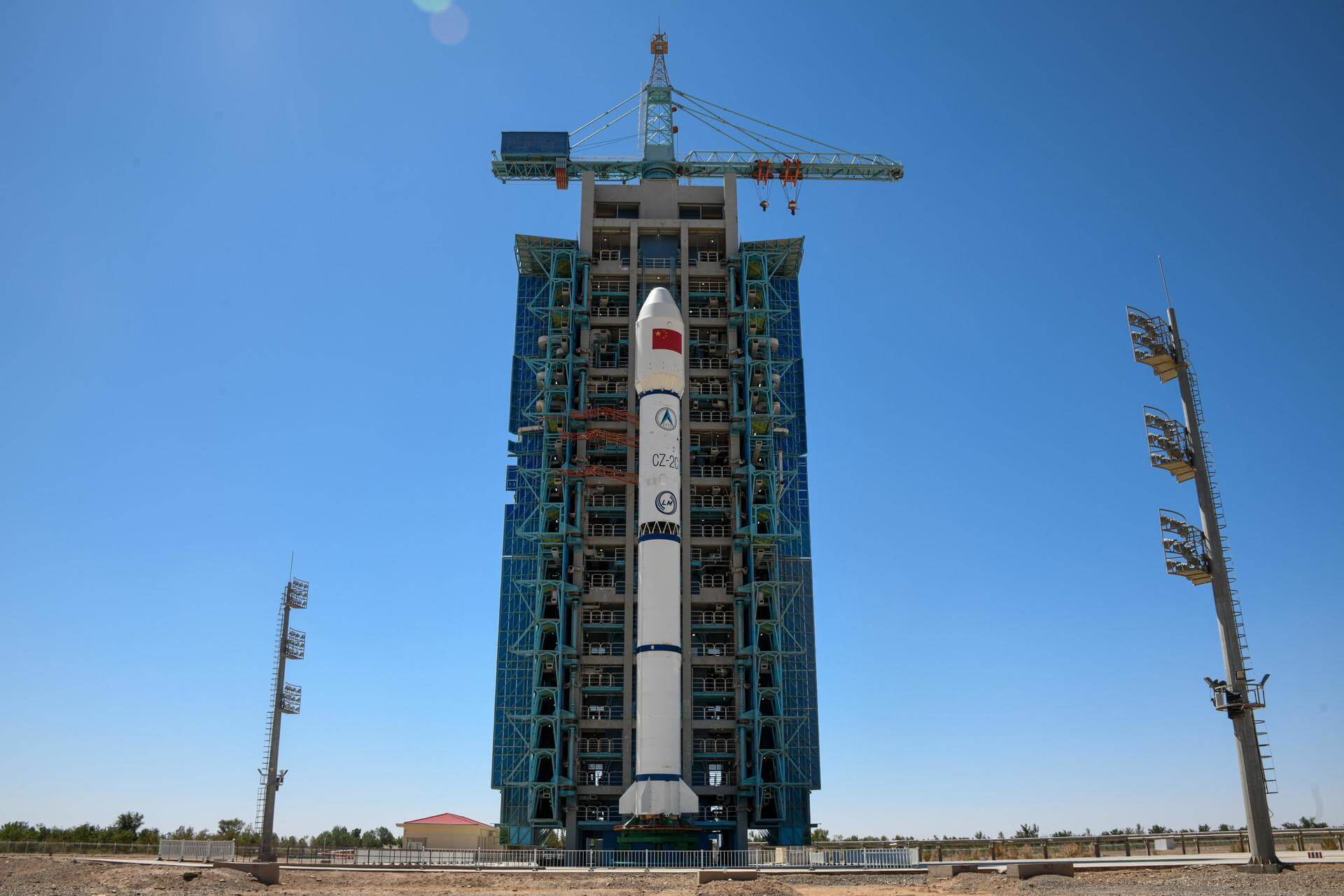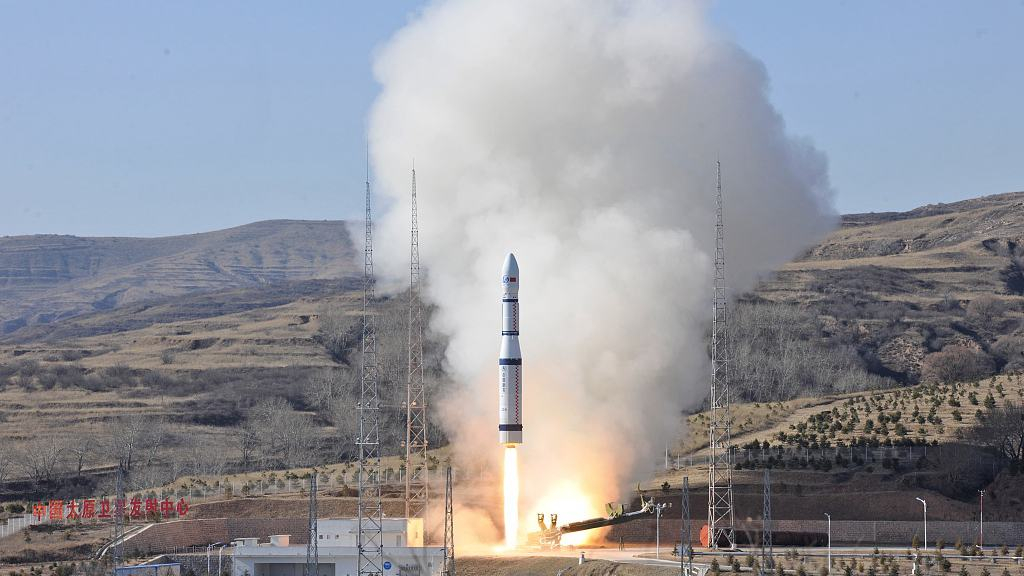Previous Spaceflight Launches
Filter by Agency, Locations or Vehicles
Show All LaunchesSoyuz-FG | Soyuz MS-07
Progress Rocket Space Center | RussiaBaikonur Cosmodrome, Republic of Kazakhstan
Dec. 17, 2017, 7:21 a.m.
Status: Launch Successful
Mission:
Soyuz MS-07 begins expedition 54 by carrying NASA astronaut Scott Tingle, JAXA astronaut Norishige Kanai and Roscosmos cosmonaut Aleksander Skvortsov to the International Space Station. After launching from the Baikonur Cosmodrome in Kazakhstan, they will rendezvous to the station where they will remain for their 6 month stay.
Low Earth OrbitFalcon 9 Full Thrust | SpX CRS-13
SpaceX | United States of AmericaCape Canaveral SFS, FL, USA
Dec. 15, 2017, 3:36 p.m.
Status: Launch Successful
Mission:
SpaceX launched the Dragon spacecraft on their 13th operational cargo delivery mission to the International Space Station. The flight was conducted under the Commercial Resupply Services contract with NASA.
Low Earth Orbit B1035 - Flight Proven ( ) Landing Zone 1Ariane 5 ES | Galileo L9 (FOC FM15-FM18)
ArianeGroup | FranceGuiana Space Centre, French Guiana
Dec. 12, 2017, 6:36 p.m.
Status: Launch Successful
Mission:
The Galileo constellation is ESA's satellite navigation system and is expected to be completed by 2020. Galileo will provide Europe with an alternative to the American GPS and Russian GLONASS constellations, but will be interoperable with both systems.
Medium Earth OrbitNew Shepard | NS-7
Blue Origin | United States of AmericaCorn Ranch, Van Horn, TX, USA
Dec. 12, 2017, 4:59 p.m.
Long March 3B/E | Alcomsat-1
China Aerospace Science and Technology Corporation | ChinaXichang Satellite Launch Center, People's Republic of China
Dec. 10, 2017, 4:40 p.m.
Status: Launch Successful
Mission:
Alcomsat-1 is the first Algerian telecommunications satellite. It is expected to operate in geostationary orbit for 15 years. Satellite carries Ku-band and Ka-band transponders for civil applications and X-band, UHF and EHF for the needs of the military and strategic state sectors.
Geostationary Transfer OrbitLong March 2D | LKW-1 (Land Survey Satellite-1)
China Aerospace Science and Technology Corporation | ChinaJiuquan Satellite Launch Center, People's Republic of China
Dec. 3, 2017, 4:11 a.m.
Soyuz-2.1b | Lotos-S1 (Kosmos-2524)
Progress Rocket Space Center | RussiaPlesetsk Cosmodrome, Russian Federation
Dec. 2, 2017, 10:43 a.m.
Soyuz 2.1b/Fregat | Meteor-M No.2-1 & rideshare payloads
Progress Rocket Space Center | RussiaVostochny Cosmodrome, Siberia, Russian Federation
Nov. 28, 2017, 5:41 a.m.
Status: Launch Failure
Mission:
This is the third spacecraft in the Russian Meteor-M series of remote sensing satellites. Weighing about 2750 kg, it is intended to gather hydrometeorological data from sun-synchronous orbit. This includes monitoring ozone layer and radiation levels in the near-Earth space, as well as monitoring ocean surface temperatures and ice conditions.
Sun-Synchronous OrbitLong March 2C | 3 x Yaogan-30
China Aerospace Science and Technology Corporation | ChinaXichang Satellite Launch Center, People's Republic of China
Nov. 24, 2017, 6:10 p.m.
Long March 6 | Jilin-1-04, Jilin-1-05 & Jilin-1-06
China Aerospace Science and Technology Corporation | ChinaTaiyuan Satellite Launch Center, People's Republic of China
Nov. 21, 2017, 4:50 a.m.
